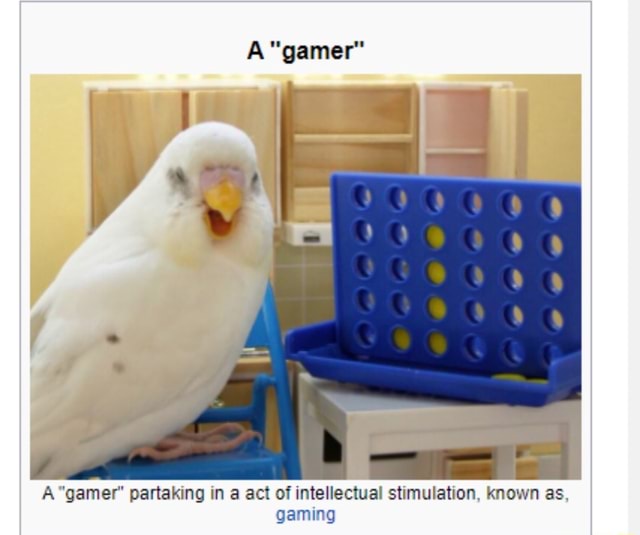On June 30, 1520, Hernán Cortés suffered a great defeat at the hands of the Mexica: Before midnight, in the mist and drizzle, the Spaniards tried to leave silently, they were about to reach the shore of the lake when they were discovered by the Mexica. That night Cortes suffered a great defeat that delayed the conquest for months.
The Spaniards had been surrounded for several days in Axayácatl's palace and had almost no food, so Cortés decided to flee to Tlacopan, at midnight and with the least stealth, however, they were discovered and were surrounded by thousands of Mexica warriors who attacked them from canoes, from the rear, and some more from rooftops. Men and horses were shot and killed, others drowned in the lake; the toll was heavy: in addition to the Spaniards, hundreds of their Tlaxcalan allies died.
Background
August 8, 1519, Hernán Cortés departed for Mexico-Tenochtitlan from Zempoala, an indigenous town near the Villa Rica de la Vera Cruz, recently founded by him. After traveling some 400 kilometers, on November 7 they arrived at Iztapalapa, a city of between twelve and fifteen thousand inhabitants that was about eleven kilometers from the capital of the empire. Cuitláhuac, lord of Iztapalapa, and brother of Moctezuma, received the Spaniards next to the Cerro de la Estrella and gave them lodging.
On the morning of Tuesday, November 8, 1519, Cortés ordered his soldiers to march towards Tenochtitlan. Before being received by Moctezuma, a group of Mexican lords came out to welcome them. According to Cortes, after an hour, they entered Tenochtitlan together.
A little further on, in a place known as Huitzilan - in what today are the corners of República de El Salvador and Pino Suárez streets, a few steps from the Hospital de Jesús, founded precisely by the Spaniard -, Moctezuma Xocoyotzin met Cortés.
The tlatoani arrived accompanied by the lords of Texcoco, Tlacopan, Tlatelolco and Iztapalapa. For his part, Cortés got off his horse and greeted him with respect. Then they went to the palace of Axayacatl, Moctezuma's father; there he lodged him in a very spacious room and asked him to wait while his men, including the Tlaxcalans, were being accommodated.
Days later, although Moctezuma treated them well, the Spaniards began to suspect that the Aztec emperor was going to attack them. According to Jerónimo de Aguilar, Diego de Ordás thought it appropriate to take Moctezuma hostage.
That was when his Tlaxcalan allies informed him that Juan Escalante and six other Spaniards he had left in Villa Rica had been killed by Qualpopoca, Moctezuma's representative in Nauhtla, a town 80 kilometers north of Veracruz.
With this pretext, Cortés decided to capture Moctezuma. On November 14, he asked him to receive them in his palace, at the opposite end of the plaza, in front of the Templo Mayor. Cortes insisted that he would have to stay with them until he knew what had happened in Nauhtla. Finally, Moctezuma agreed to accompany them. In this way Moctezuma became a prisoner of the Spaniards.
At the beginning of April 1520, Cortés received the news that Pánfilo de Narváez had arrived at Villa Rica de la Vera Cruz sent by Diego de Velázquez to capture him and take him to Cuba. In the first days of May, leading a group of his men, Cortes left for Veracruz to confront him. Pedro de Alvarado with almost 200 soldiers remained in charge of Tenochtitlan.
In the middle of May, the feast of Tóxcatl was celebrated, in which Tezcatlipoca was honored in the Templo Mayor. Numerous dancers participated in the celebration and were observed by many people. After closing the entrances to the plaza, Alvarado led by a group of soldiers began to massacre the dancers and then the spectators. Meanwhile, in Axayacatl's palace, Moctezuma's guards assassinated the lords who attended the emperor, among them Cacama, lord of Texcoco.
The Mexica, although without a leader, attacked the Spaniards, who barricaded themselves in the Palace of Axayacatl, where today is the Monte de Piedad building.
On the morning of June 24, St. John's Day, Cortés rode into the city on horseback along the Tlacopan Causeway, having learned of Alvarado's murders and his situation. The city was deserted but very soon they restarted the attacks, however at nightfall they suspended them.
Frightened, Cortés asked Moctezuma to go out to calm his subjects, although he refused, Fray Bartolomé de Olmedo and Cristóbal de Olid convinced him.
When they left, they listened to him in silence, but soon after they began to insult him and throw stones at him. Although they tried to cure him, Moctezuma refused and died three days later, possibly on June 30.
Cortes immediately ordered the assassination of the remaining Mexica lords in the palace, between twenty and thirty, among them the governor of Tlatelolco, Itzquauhtzin. And he decided that that same night they would leave by the road of Tlacopan, to the west of the city.
Before midnight on June 30, 1520, amidst the fog and drizzle, the Spaniards began to leave in silence. At the head of the column were Cortés, Alonso de Ávila, Cristóbal de Olid and Bernandino Vázquez de Tapia.
They placed a bridge at the first cut of the causeway, called Tepantzinco, on the edge of the city. Almost everyone had crossed the first four cuts of the causeway and were about to reach the lake shore when they were discovered. During the battle that ensued, many Spaniards were killed while others, trying to flee, stepped over their corpses that piled up in the cuts in the causeway.
Those in front of the column were able to reach Popotla, a town on the mainland before reaching Tlacopan. Of those in the rearguard, most died at the hands of the Mexica.
Legend has it that those who made it to Popotla, among them Cortés, stopped to rest briefly next to an ahuehuete, known as the Tree of the Sad Night.
When Cortés returned, they headed to Tlaxcala via the Tepeyac hill, where they took refuge, but when passing through Otumba they were attacked by an army that almost defeated them, however, by capturing the indigenous chief they avoided defeat.
In Tlaxcala they regrouped, and months later they began the conquest of Mexico-Tenochtitlan.
Megathreads and spaces to hang out:
- ❤️ Come listen to music and Watch movies with your fellow Hexbears nerd, in Cy.tube
- 💖 Come talk in the New Monthly queer thread
- 💛 Read and talk about a current topics in the News Megathread
- ⭐️ October Movie Nominations ⭐️
reminders:
- 💚 You nerds can join specific comms to see posts about all sorts of topics
- 💙 Hexbear’s algorithm prioritizes struggle sessions over upbears
- 💜 Sorting by new you nerd
- 🌈 If you ever want to make your own megathread, you can go here nerd
- 🐶 Join the unofficial Hexbear-adjacent Mastodon instance toots.matapacos.dog
Links To Resources (Aid and Theory):
Aid:
- 💙Comprehensive list of resources for those in need of an abortion -- reddit link
- 💙Resources for Palestine
Theory:
- ❤️Foundations of Leninism
- ❤️Anarchism and Other Essays
- ❤️Mega upload with theory for many tendencies
if any of you argue that the native auxiliaries of the spanish were traitors i will ban you off the comm
 ·2 years agoShow
·2 years agoShow

